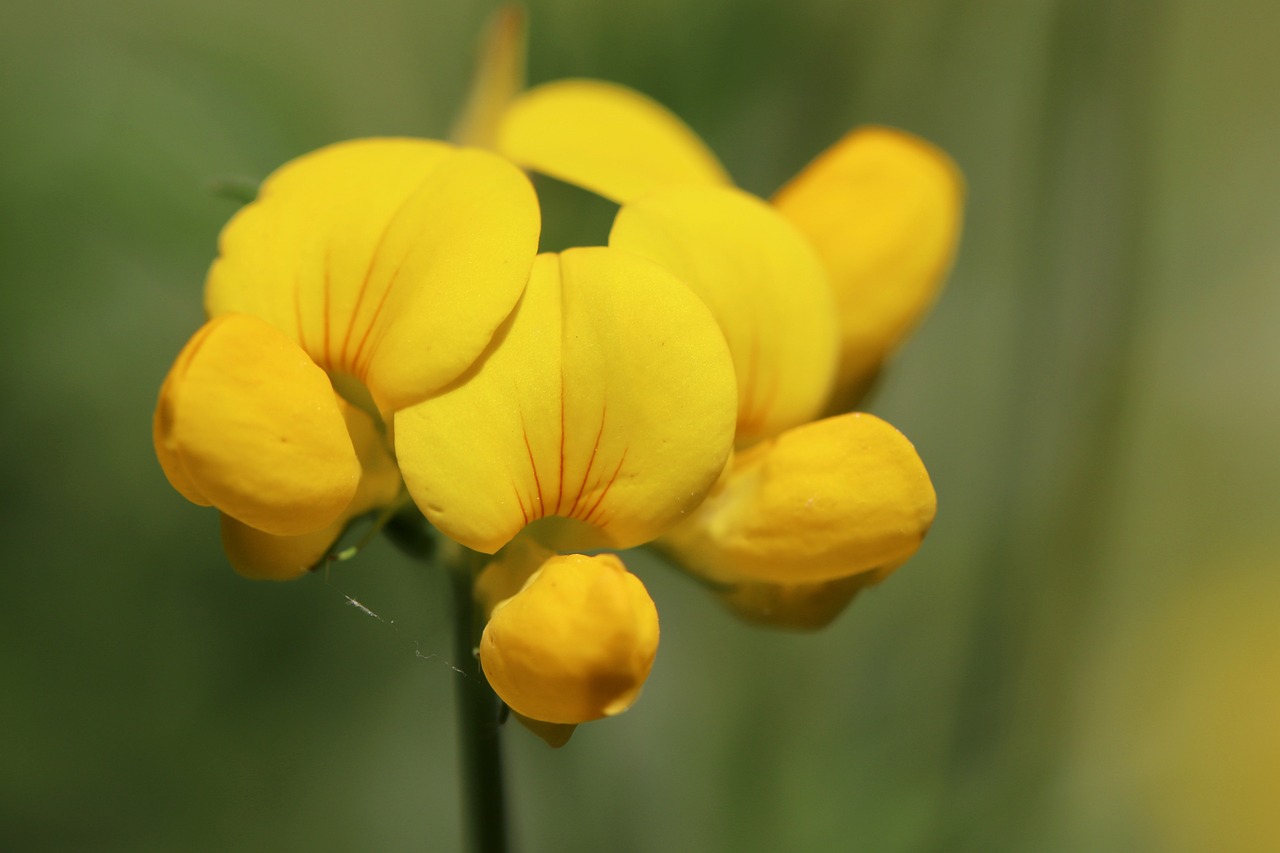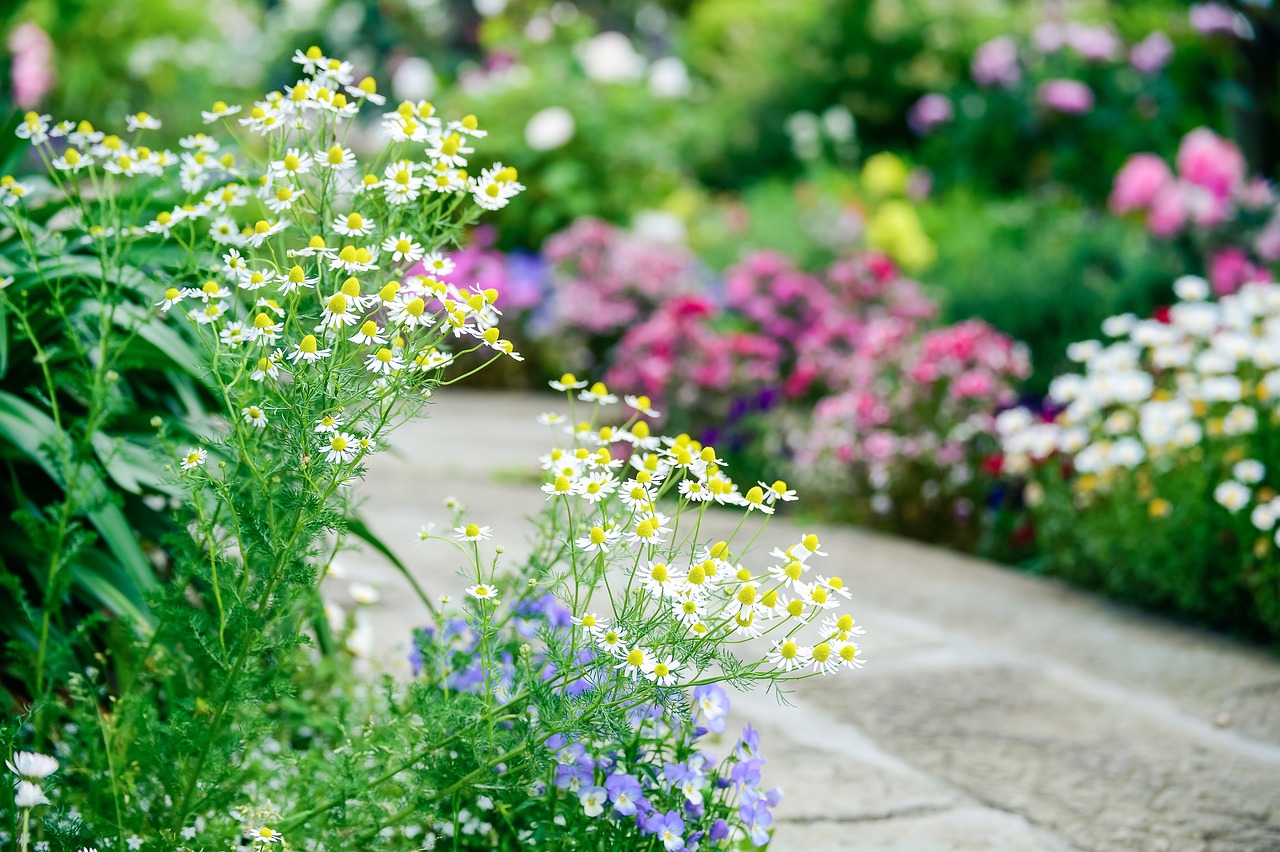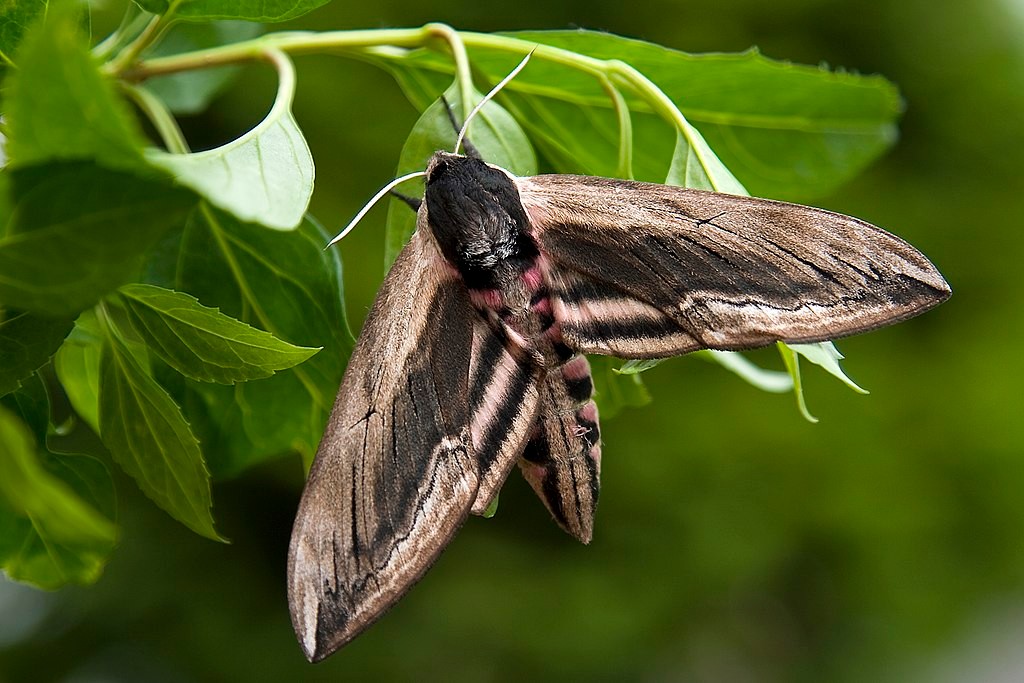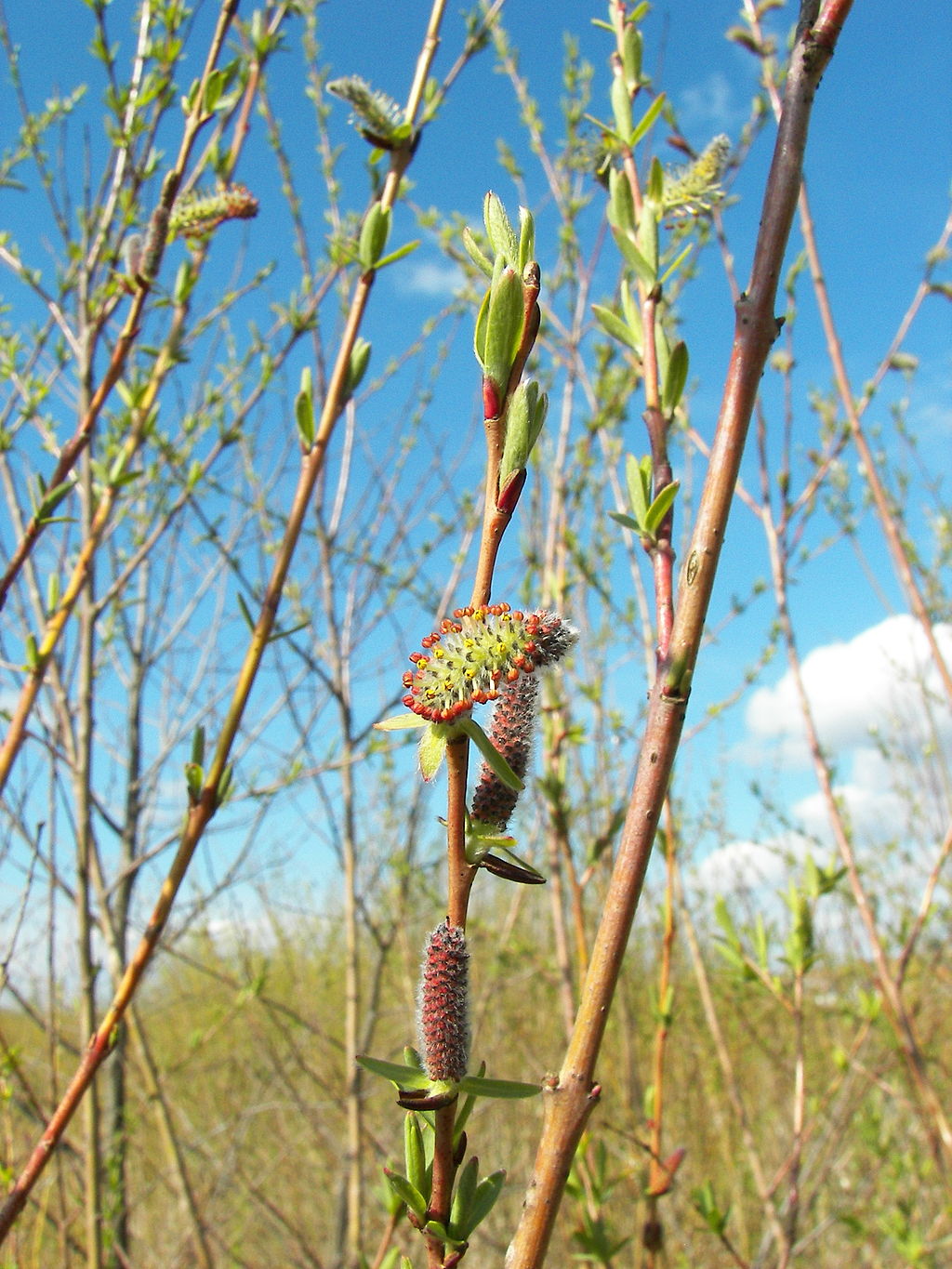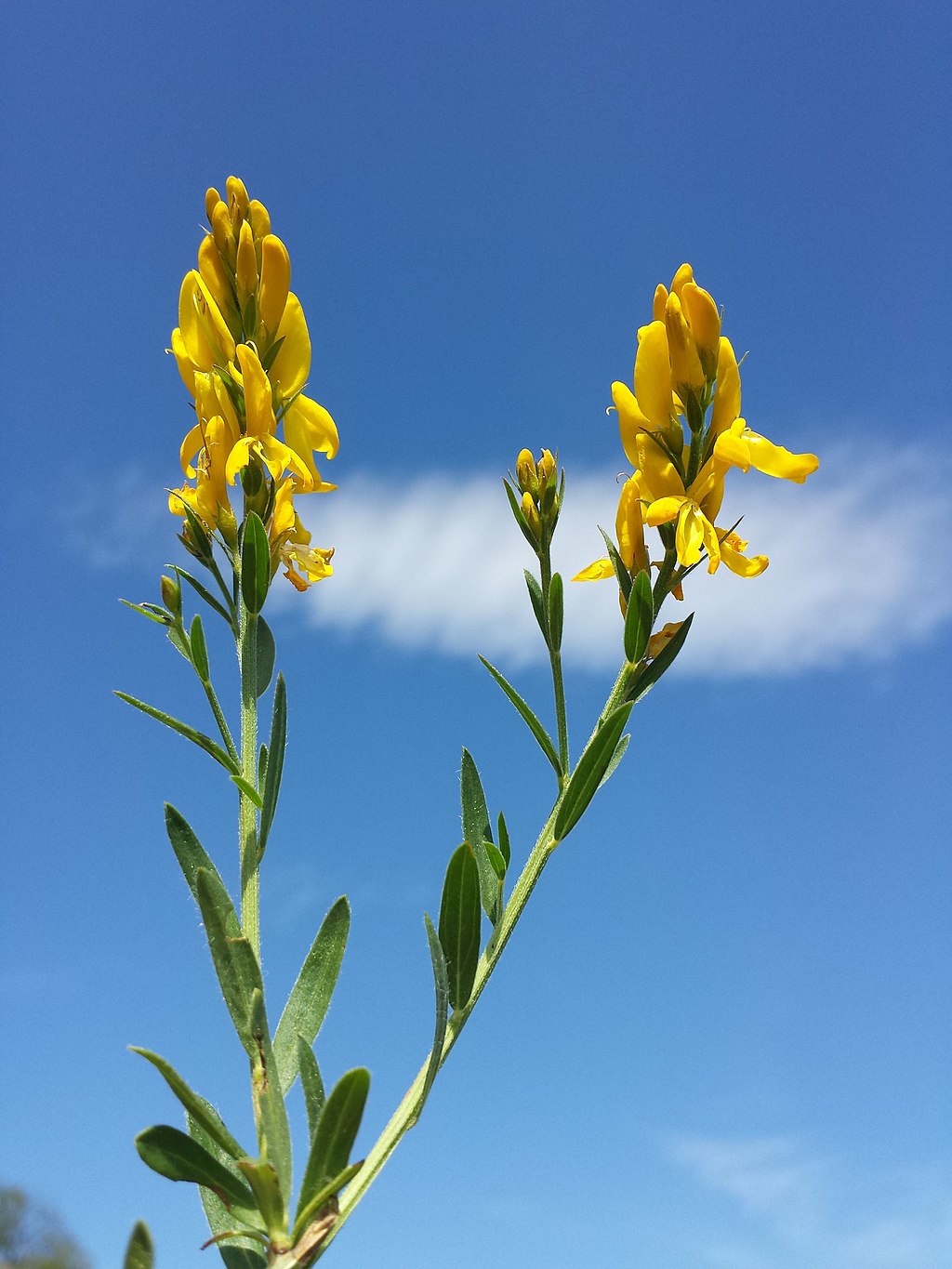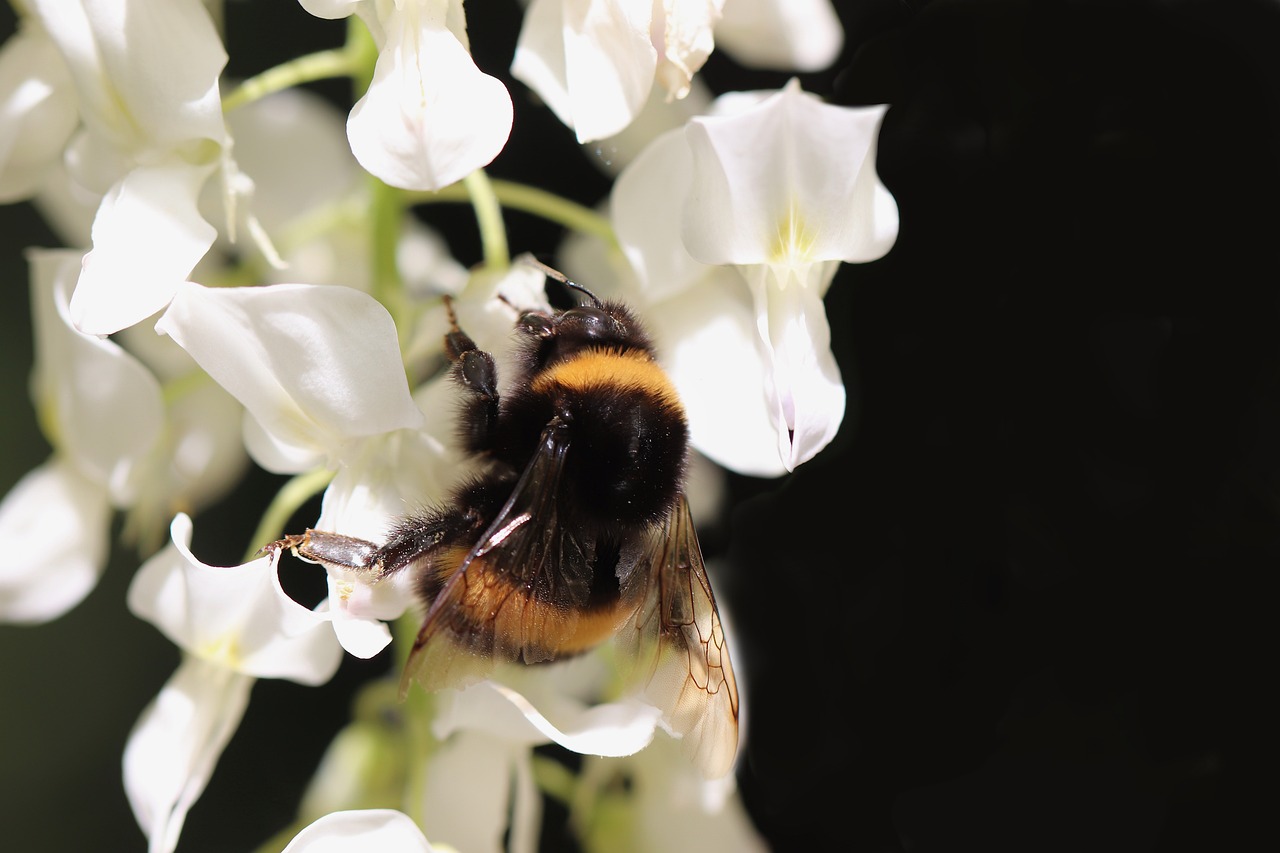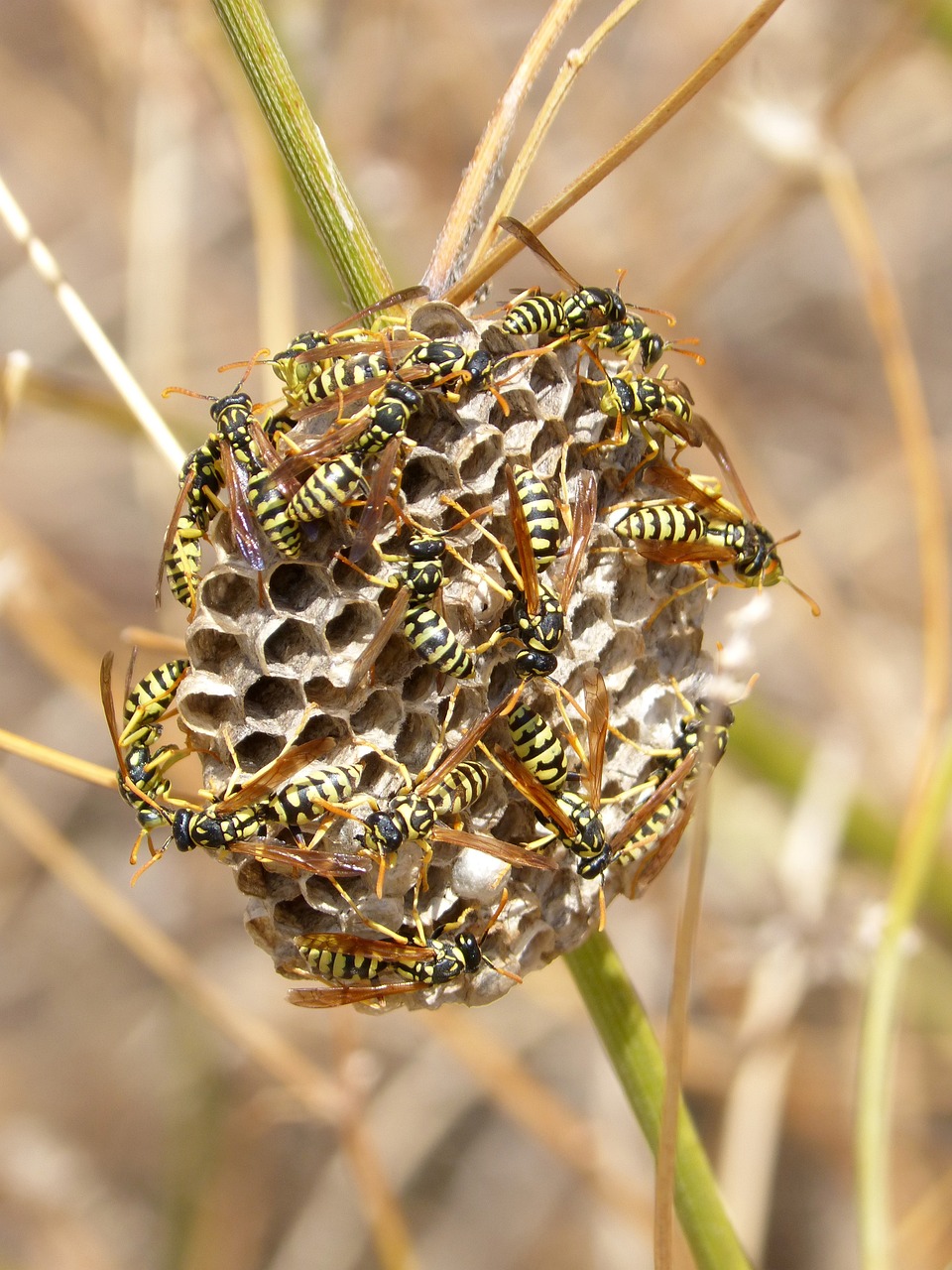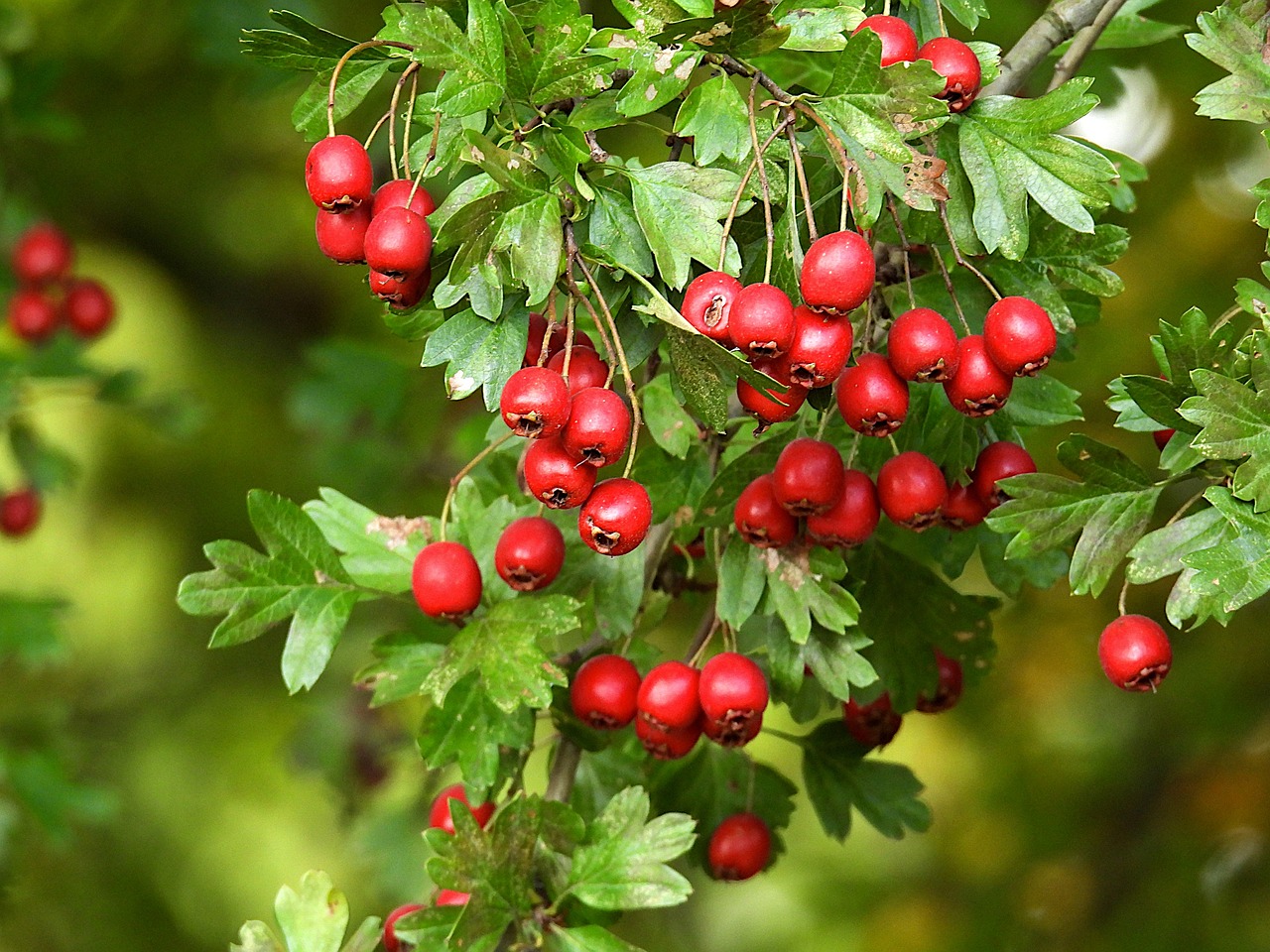Common bird’s-foot trefoil
lifepollinaction2024-10-10T16:22:16+02:00Common bird's-foot trefoil Eggs and bacon! The bird's-foot trefoil (scientific name Lotus corniculatus) belongs to the Fabaceae family. It is a striking and widespread plant in grasslands. The leaves are trifoliate, like those of clover , the flowers are clustered in yellow-orange inflorescences , and the fruits are legumes ending in a small horn (hence the name corniculatus, from the Latin "cornu," meaning horn). The caterpillars of some butterflies feed on this plant. Butterflies visit the flower for nectar, but pollination is reserved for other insects, like bees or wasps, which can force the petals apart to reach the staminal [...]


